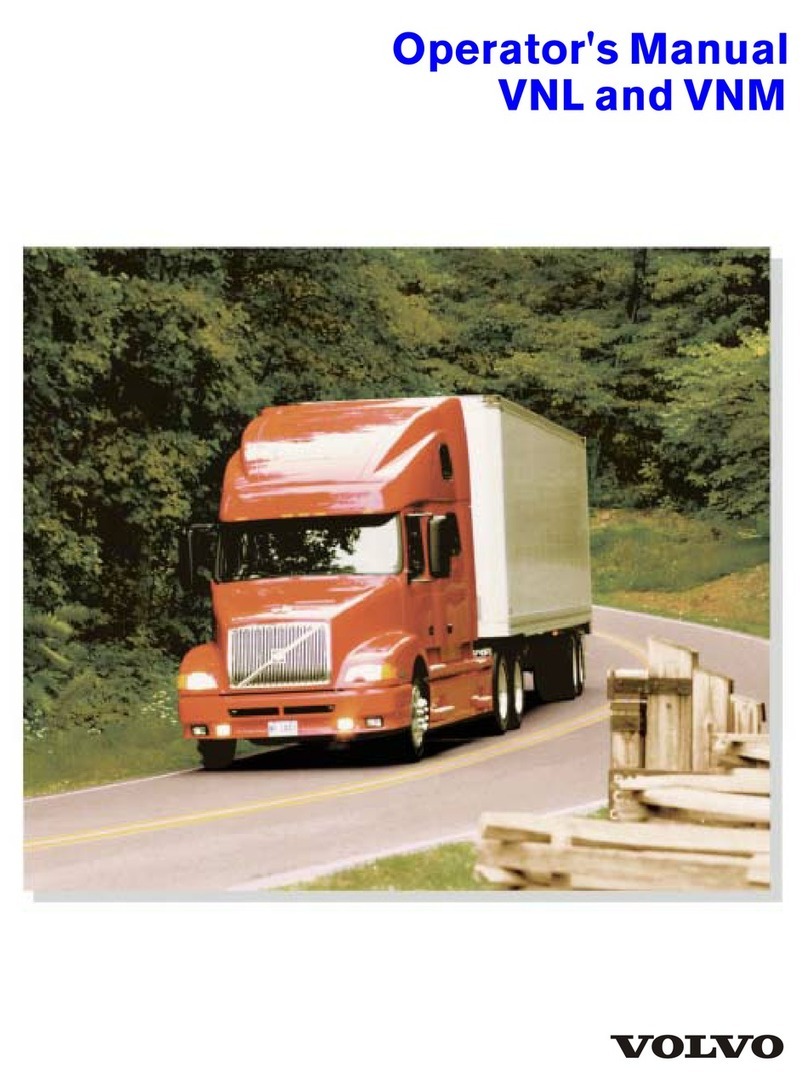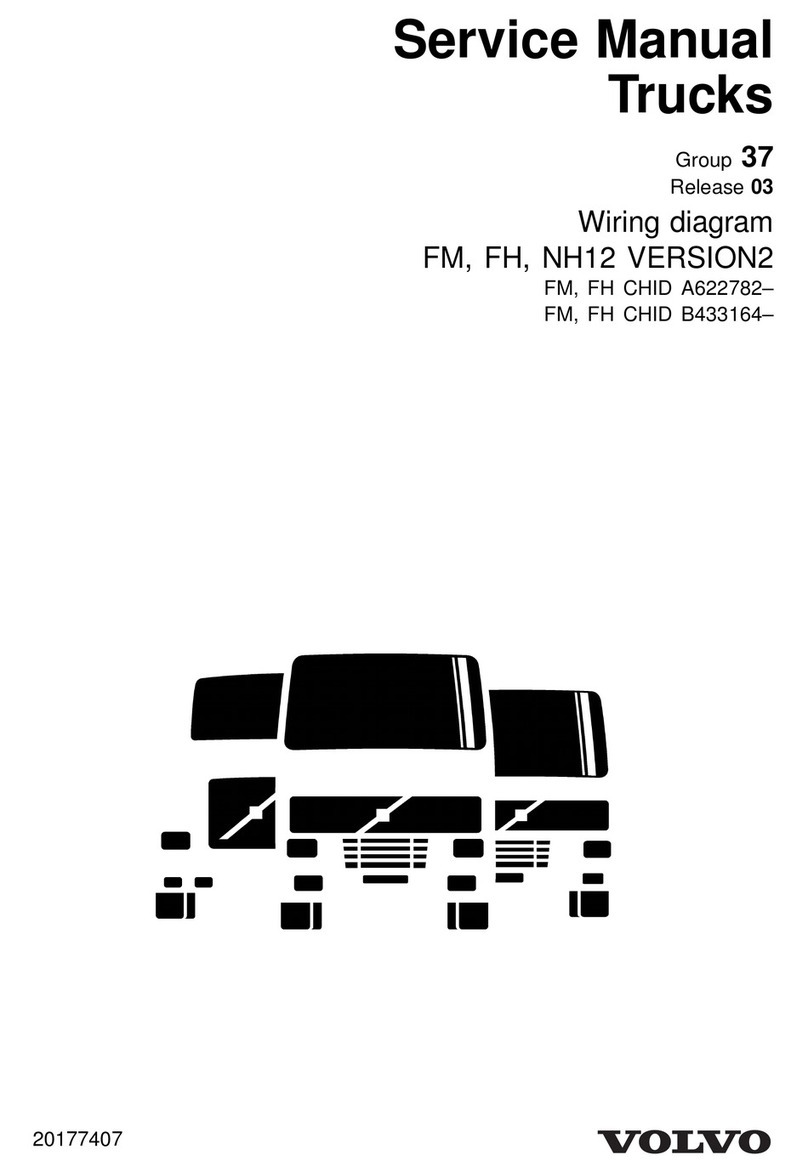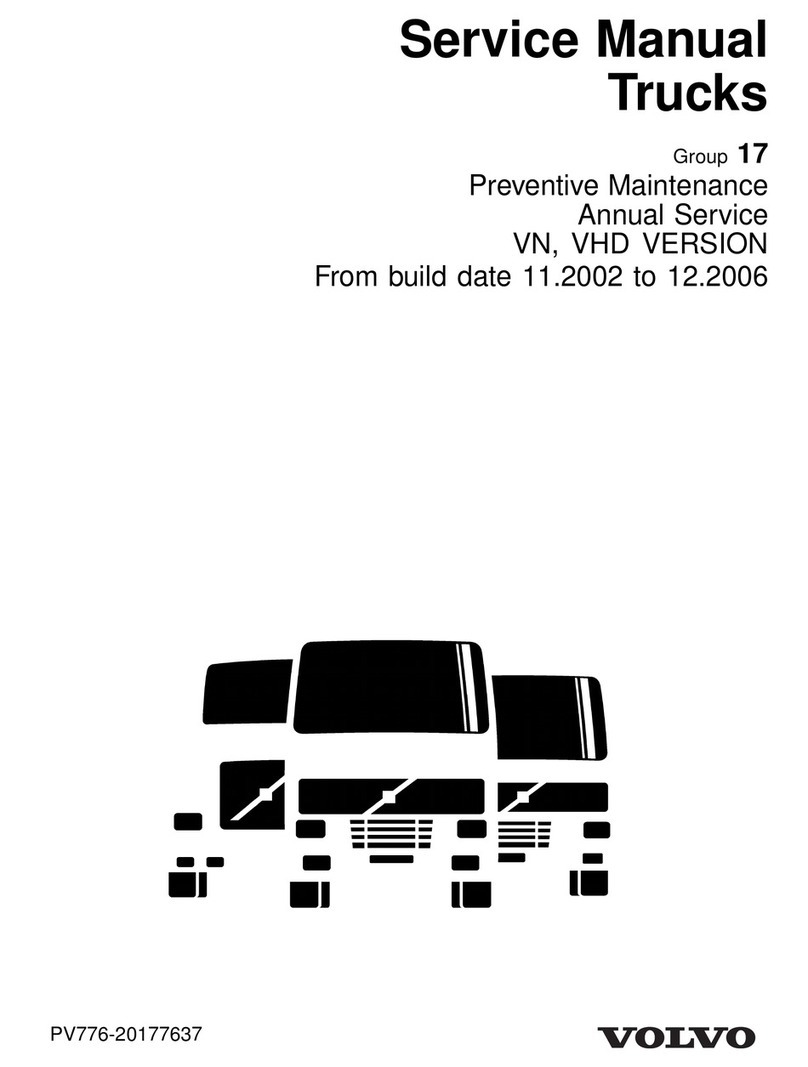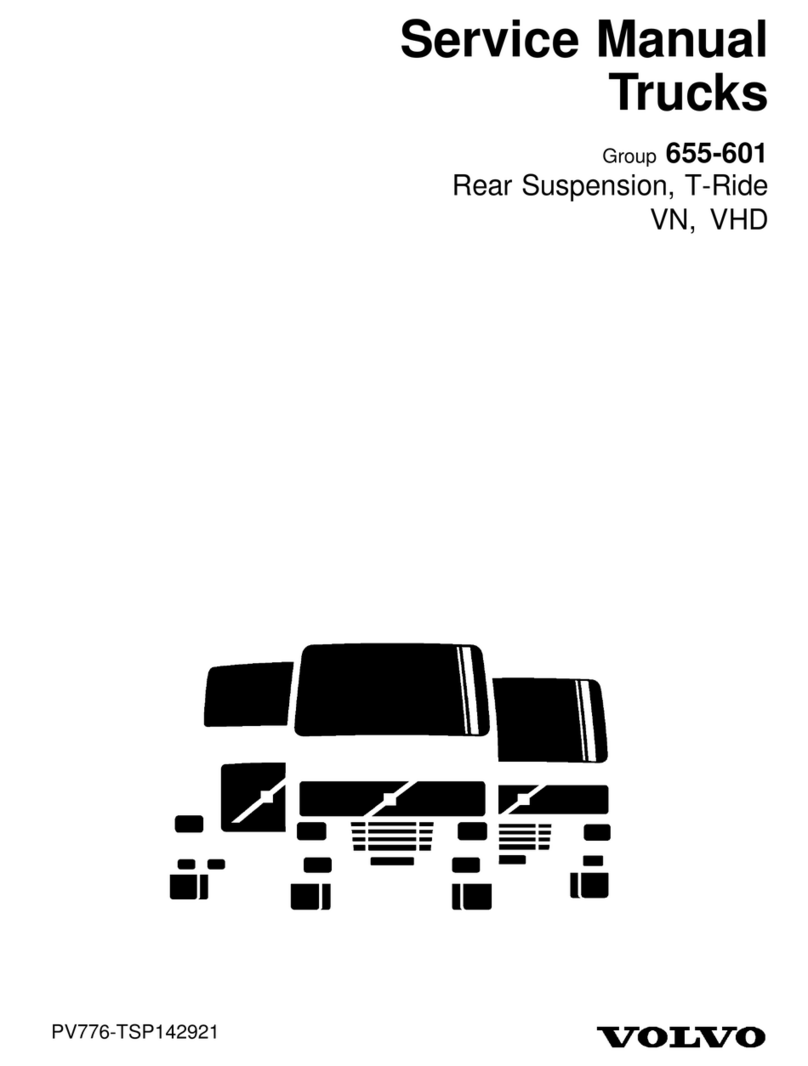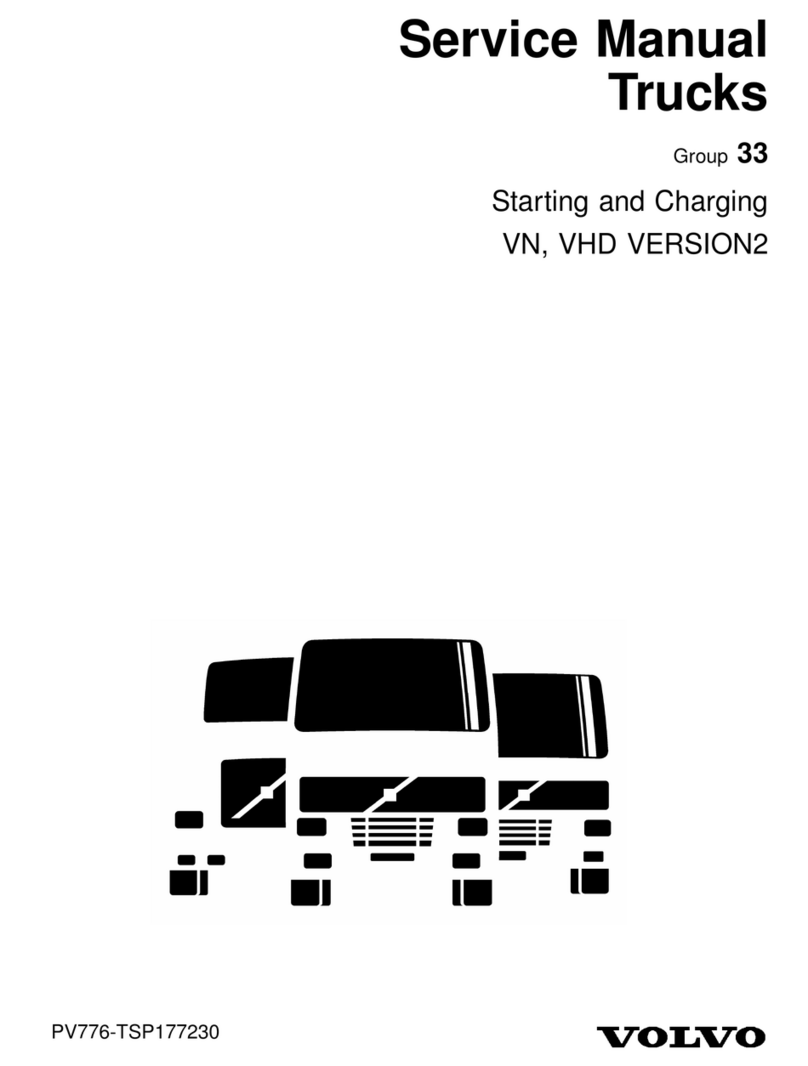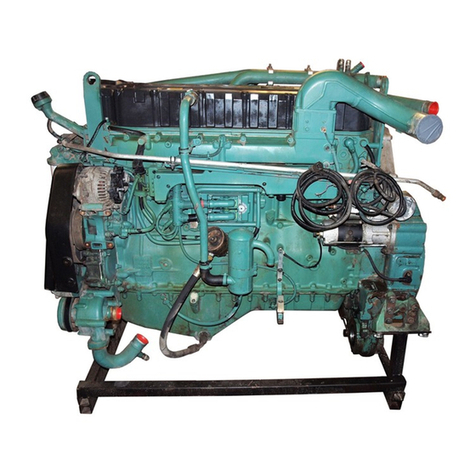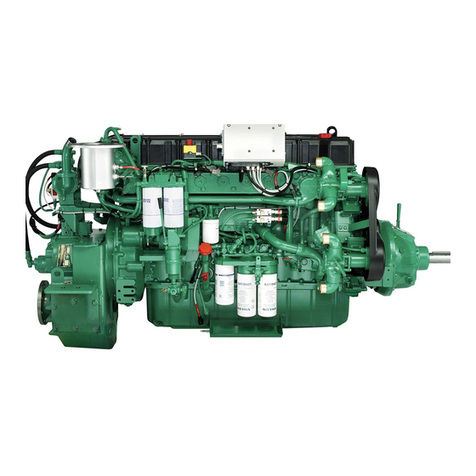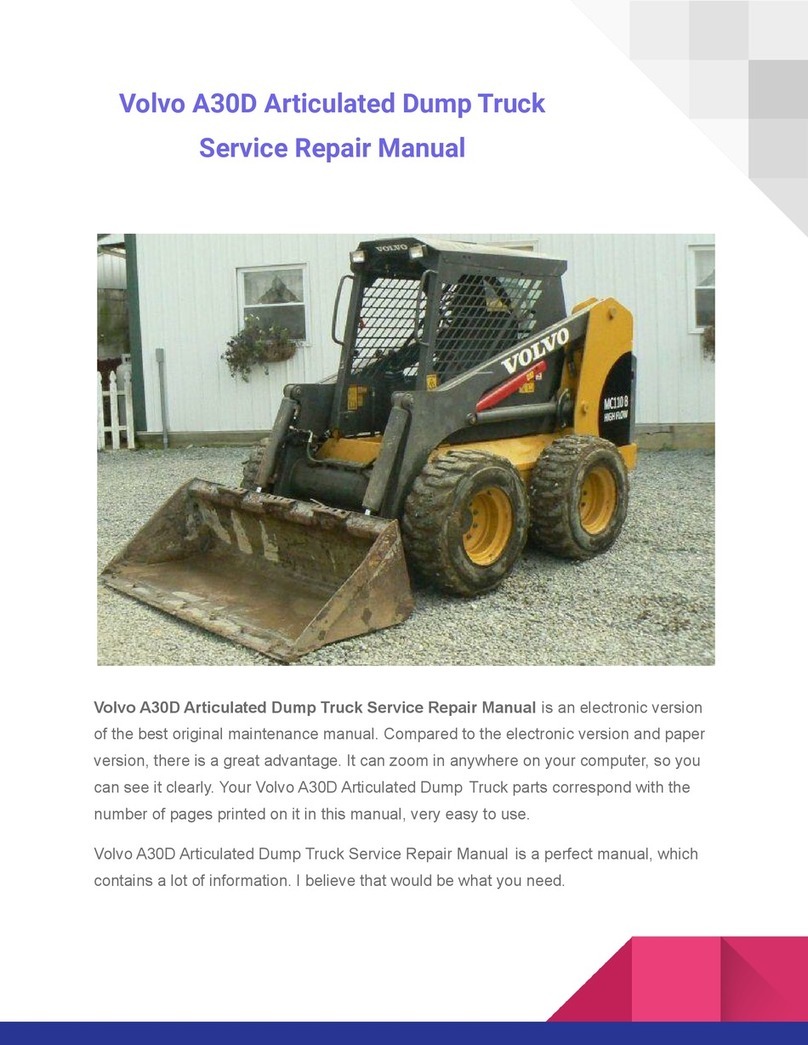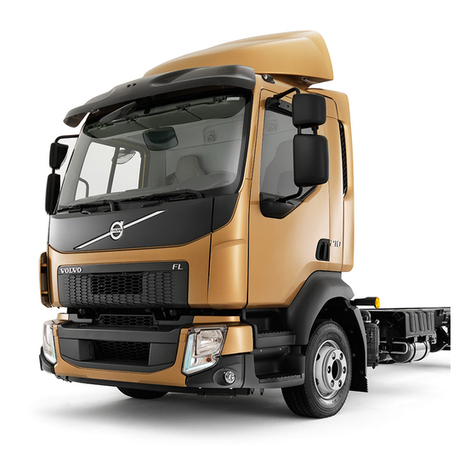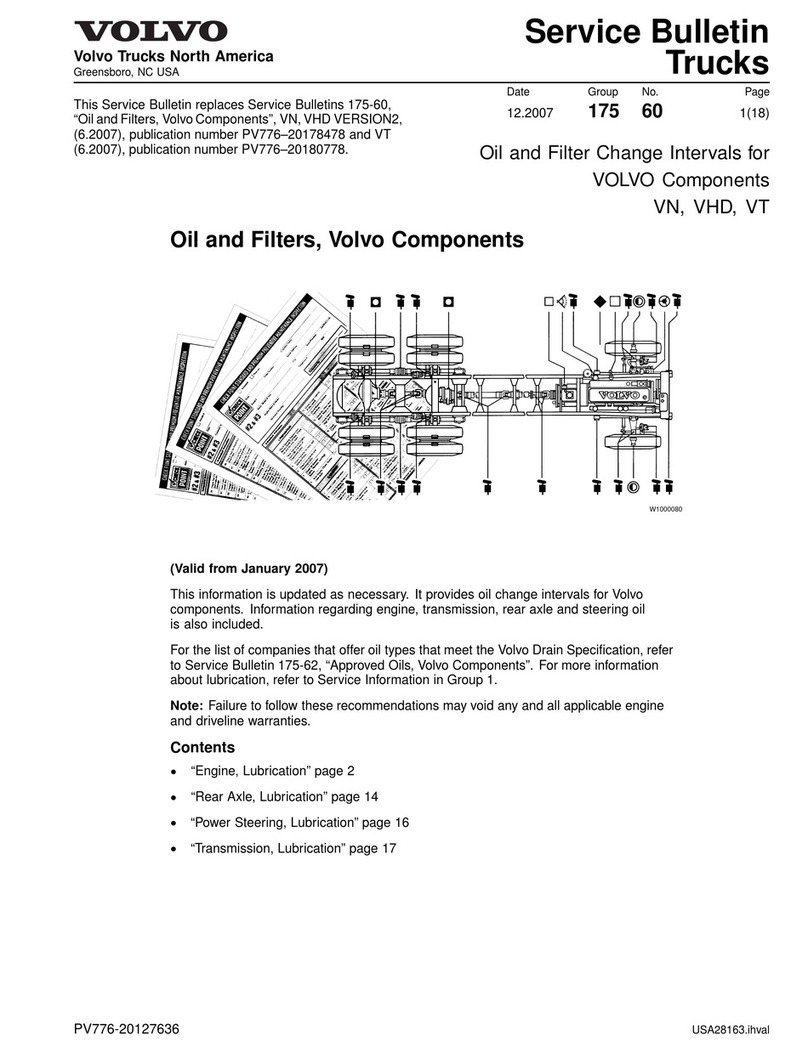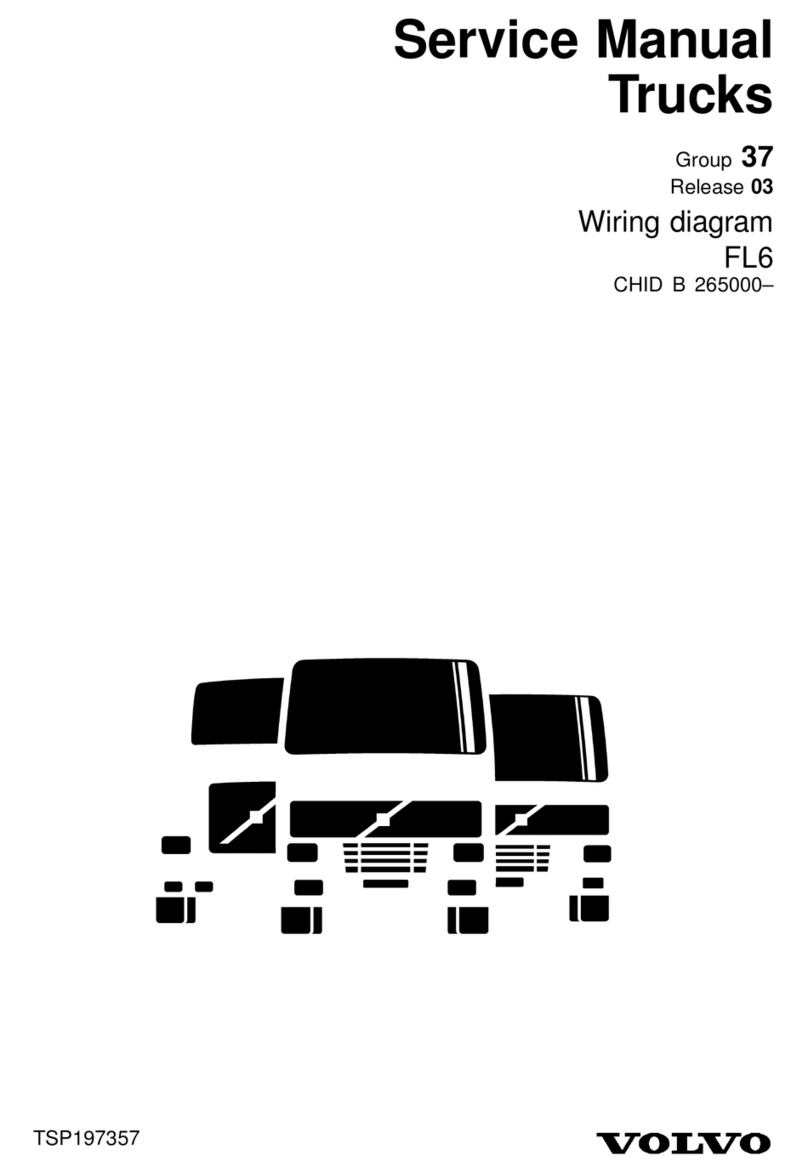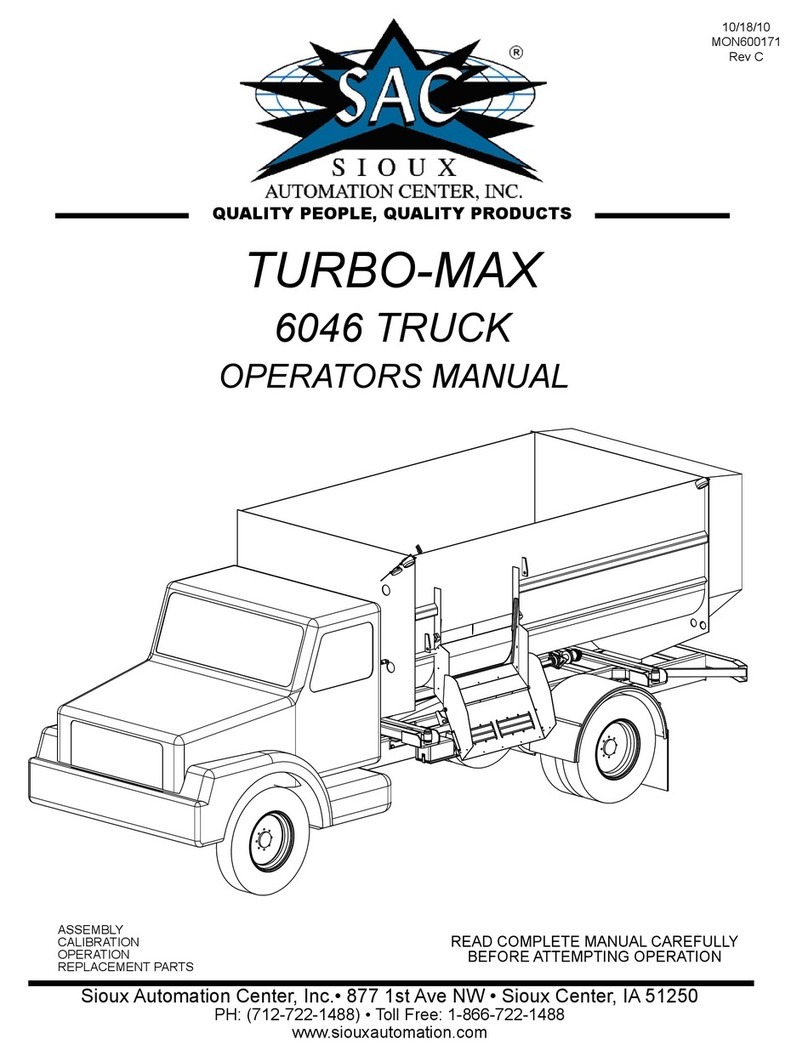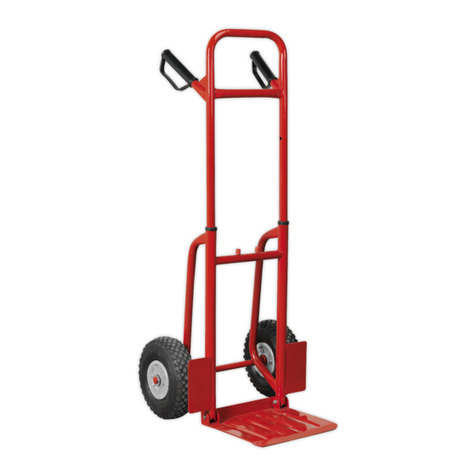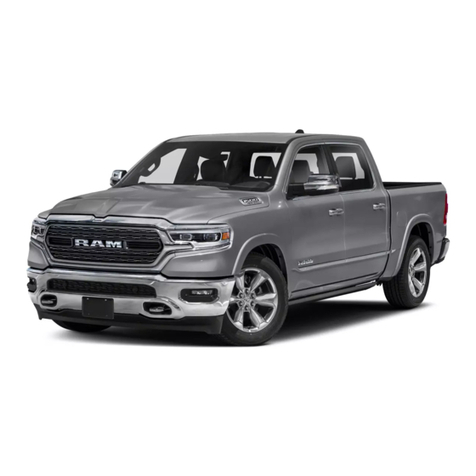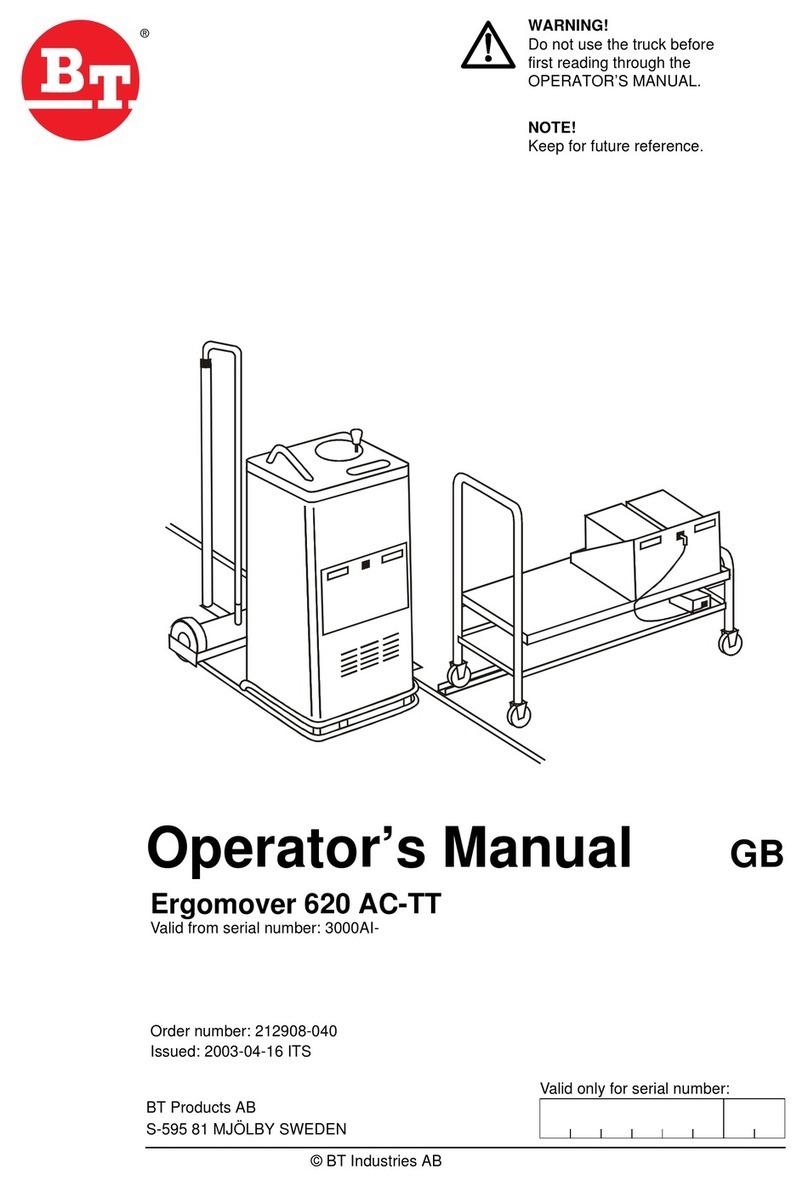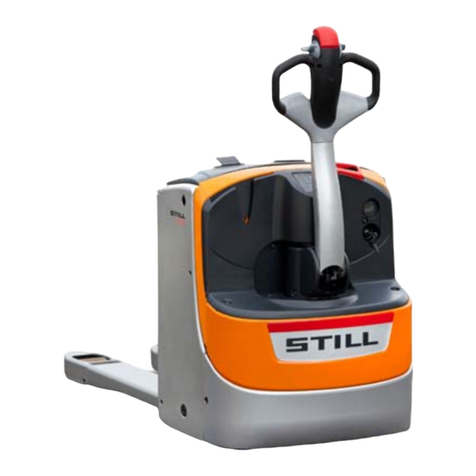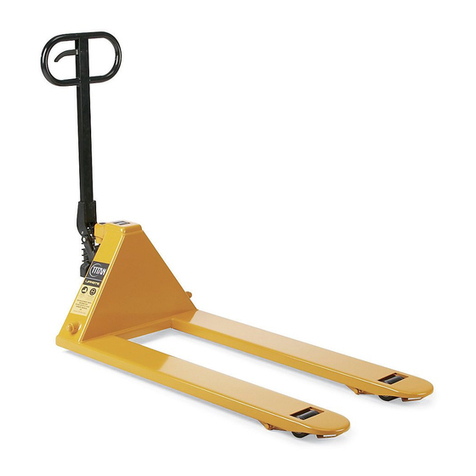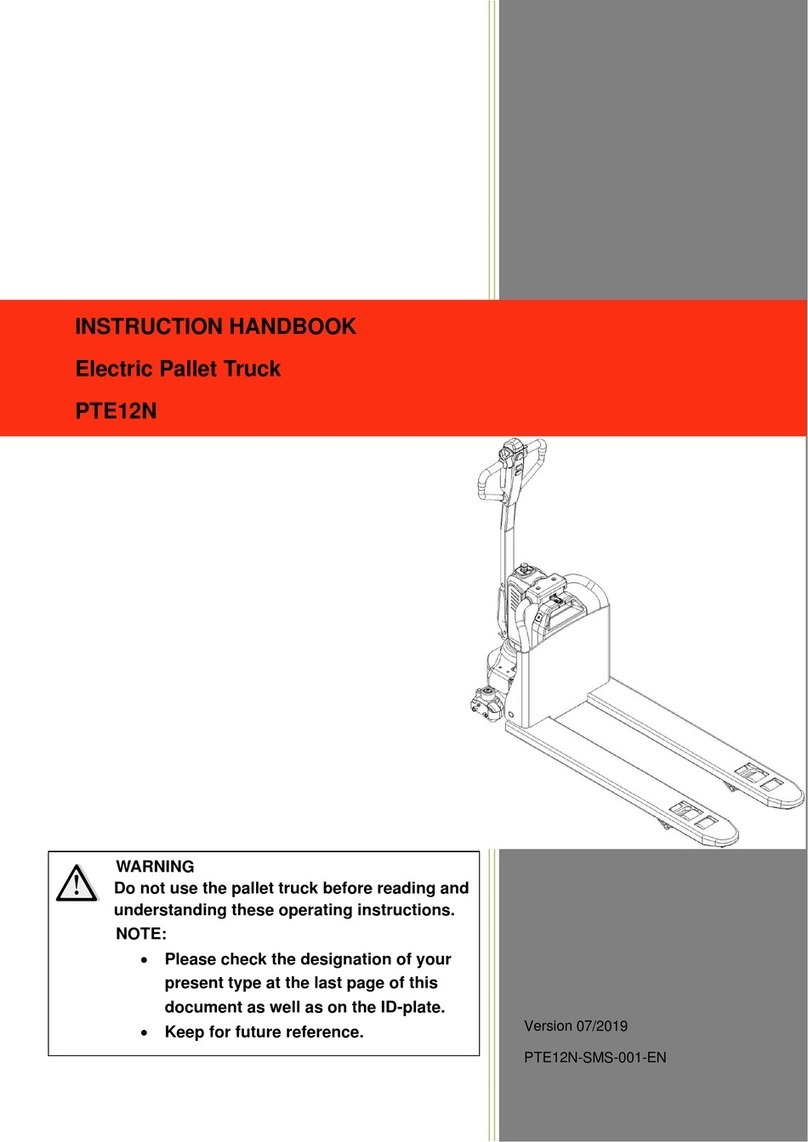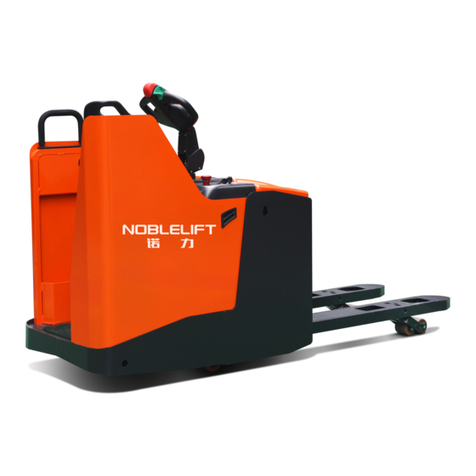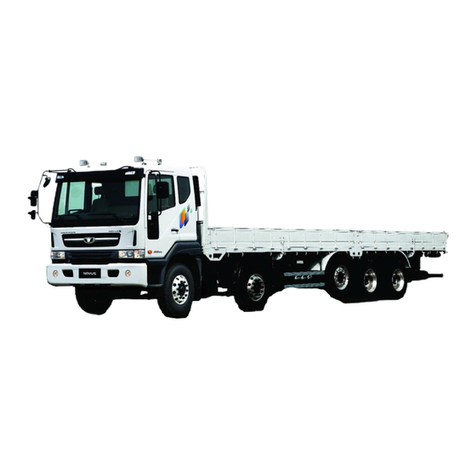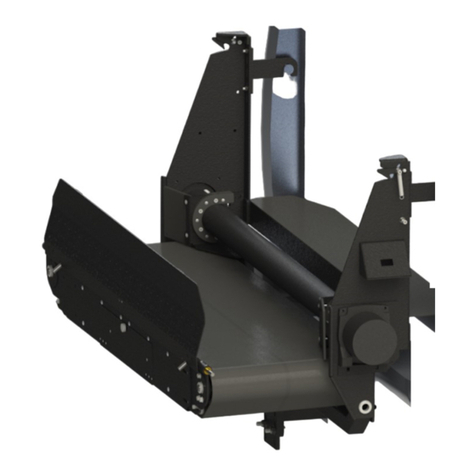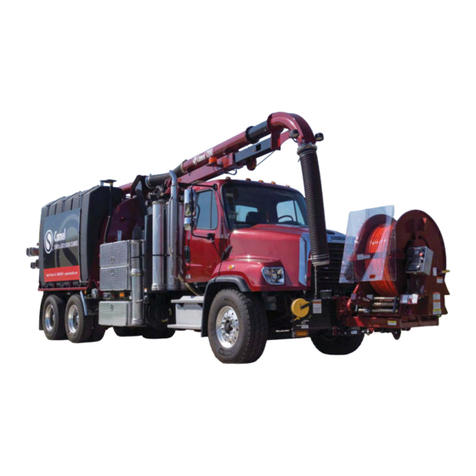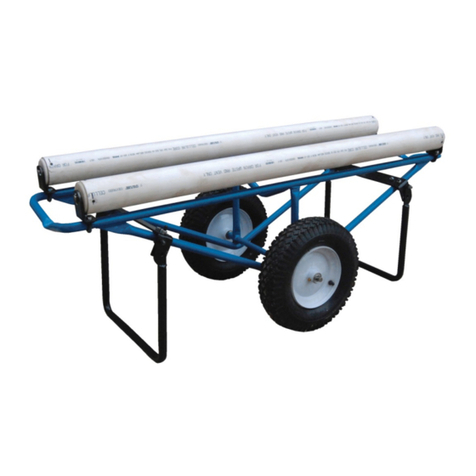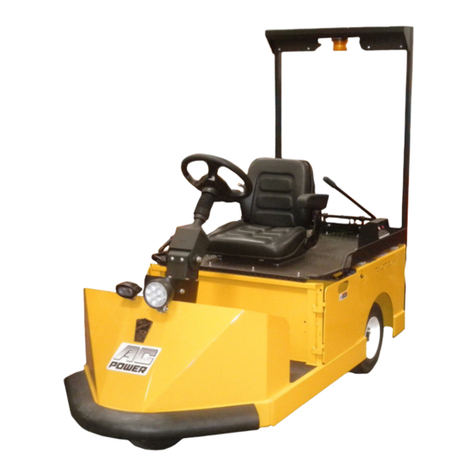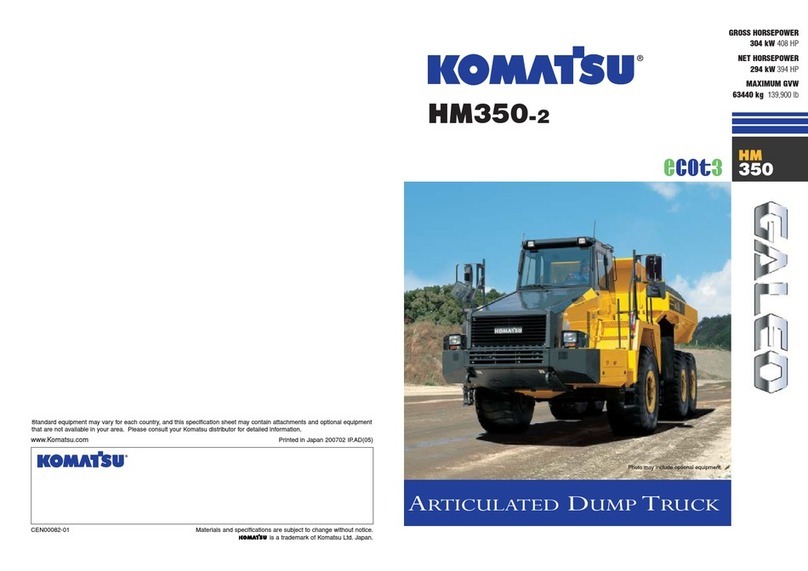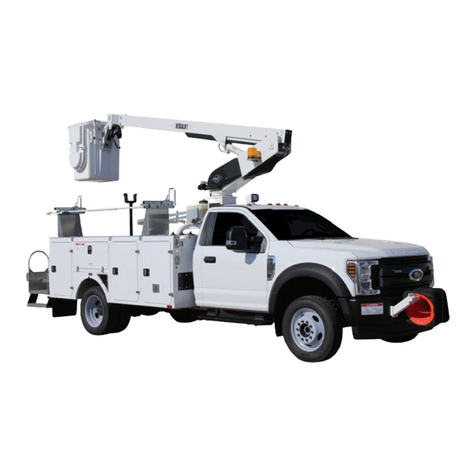
Service Information
Document Title: Function Group: Information Type: Date:
Recovering and towing 050 Service Information 2014/8/27
Profile:
ART, A25E, A40E FS, A40E, A35E FS, A35E, A25E 4x4, A30E [GB]
Recovering and towing
WARNING
Before starting any recovery or towing work, make sure that the parking brake is applied and the wheels are blocked
to prevent the machine from rolling. Extreme caution must be observed in connection with towing to prevent
accidents and personal injuries.
WARNING
If the engine cannot be started, the brake and steering functions will be severely limited. In such cases, towing
should only be performed in an emergency situation by experienced and trained personnel and only for the shortest
possible distance (see towing). If possible, transport the machine on a trailer.
General
If possible, the engine should be running while recovering/towing the machine to ensure satisfactory braking and steering
performance.
Recovering
Use a towbar, heavy-gauge cable or chain connected to the towing eyes at the front or rear of the machine to tow the
machine to a suitable place or passable road.
Towing
If the machine has to be towed to a workshop after recovery, use a towbar or heavy-gauge towing cable connected
to the front towing eyes.
A towbar must always be used if the machine that is to be towed has no brake function.
The towing vehicle or machine must always be at least as heavy as the towed machine and have sufficient engine
and braking power to tow and brake both machines on uphill and downhill grades.
Always tow the shortest possible distance.
Maximum towing speed under all conditions is 10 km/h.
NOTE!
The engine cannot be started by towing the vehicle.
Case 1 (with engine running)
The gearshift selector should be in neutral and the parking brake in the operating position. The machine can be towed for 10
km without taking special action.
Case 2 (without engine running)
Since the transmission is not lubricated when the engine is not running, the propeller shaft between the transmission and
dropbox shall be removed. Then lubrication to the dropbox is maintained at the same time as the machine can be steered.
Removing the propeller shaft
1.
2.
3.
Place the machine in service position.
Block the wheels so that the machine cannot start to roll and release all brakes.
Make sure that the front or rear wheels are slightly raised off the ground before removing the propeller shaft's
bolts.
Filling compressed air system
